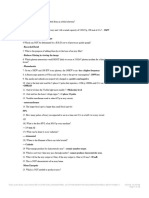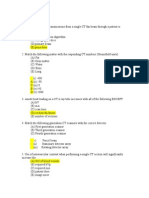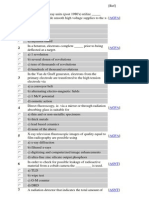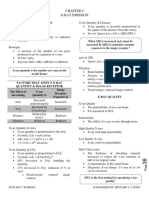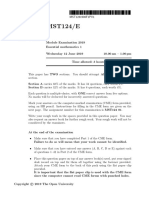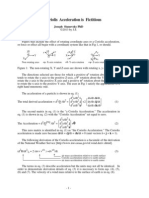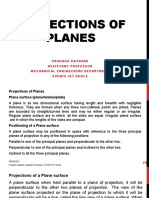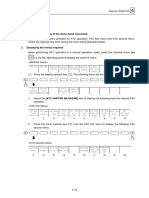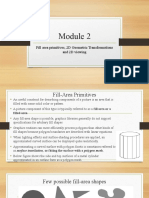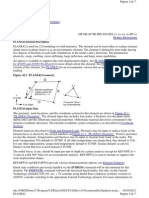0% found this document useful (0 votes)
1K views7 pagesTechnical Math For Radiography Practice Exam 4
This document contains a 50 question practice exam for a technical math course for radiography students. The exam covers topics like scientific notation, proportions, direct and inverse variation, the Cartesian coordinate system, and principles of radiographic exposure such as mAs. Students are asked to perform calculations, identify examples of direct and inverse variation, plot points on a coordinate plane, and select the radiographic exposure factors that would produce the greatest density. The practice exam provides sample questions to help students prepare for the technical math concepts covered in their radiography coursework.
Uploaded by
sabba_420Copyright
© © All Rights Reserved
We take content rights seriously. If you suspect this is your content, claim it here.
Available Formats
Download as DOC, PDF, TXT or read online on Scribd
0% found this document useful (0 votes)
1K views7 pagesTechnical Math For Radiography Practice Exam 4
This document contains a 50 question practice exam for a technical math course for radiography students. The exam covers topics like scientific notation, proportions, direct and inverse variation, the Cartesian coordinate system, and principles of radiographic exposure such as mAs. Students are asked to perform calculations, identify examples of direct and inverse variation, plot points on a coordinate plane, and select the radiographic exposure factors that would produce the greatest density. The practice exam provides sample questions to help students prepare for the technical math concepts covered in their radiography coursework.
Uploaded by
sabba_420Copyright
© © All Rights Reserved
We take content rights seriously. If you suspect this is your content, claim it here.
Available Formats
Download as DOC, PDF, TXT or read online on Scribd
/ 7
















